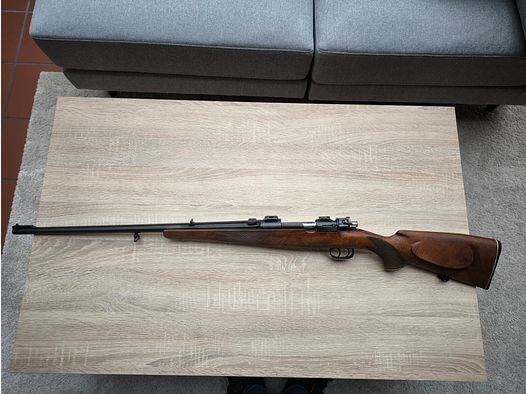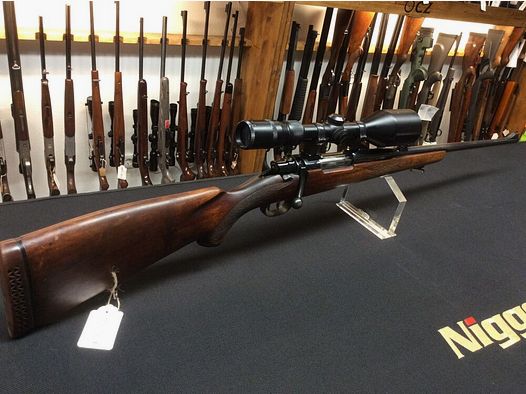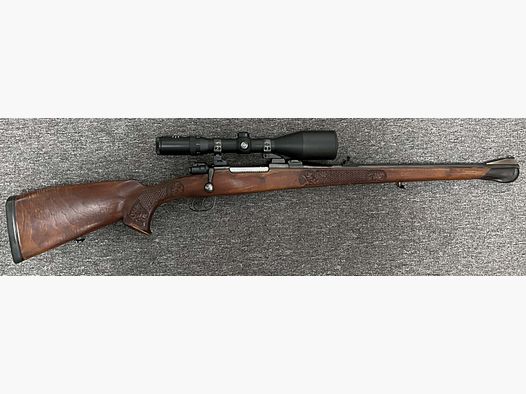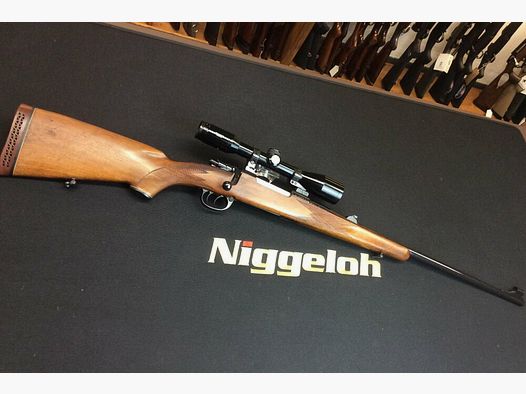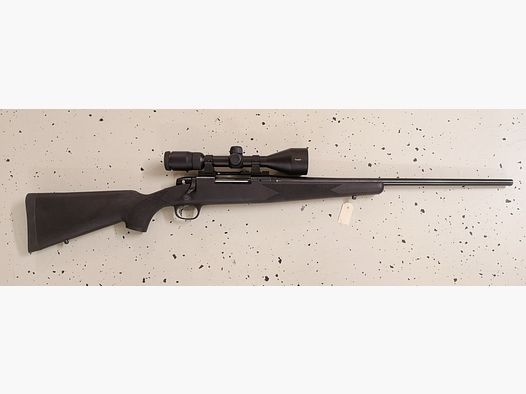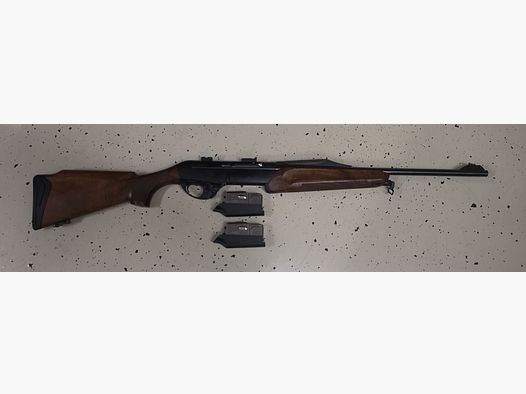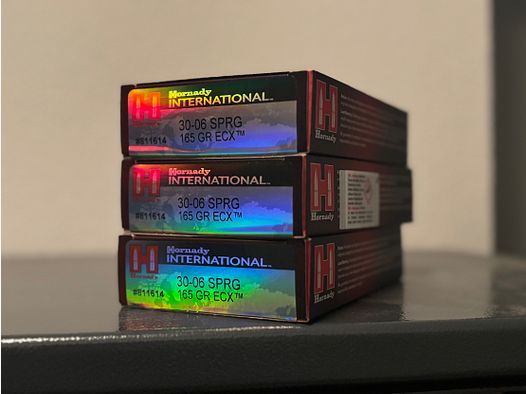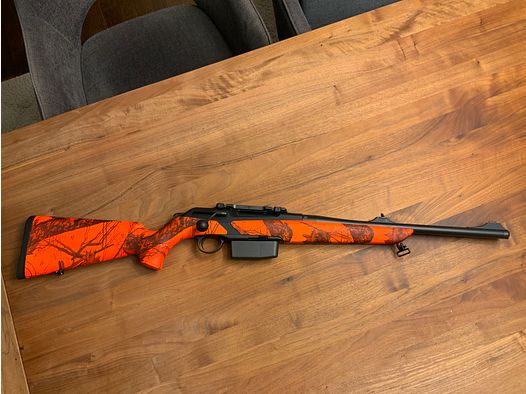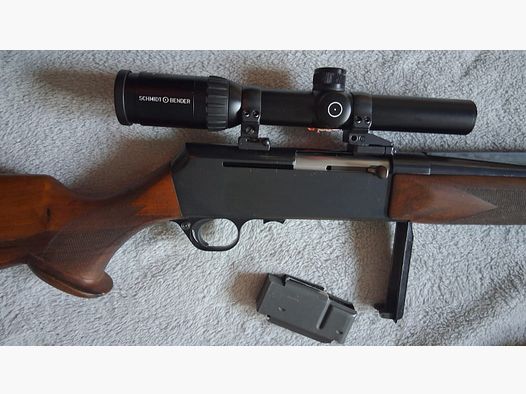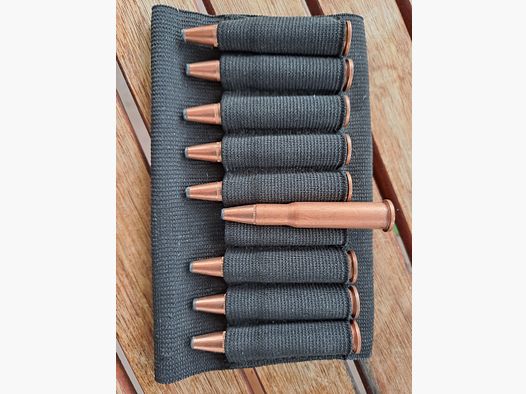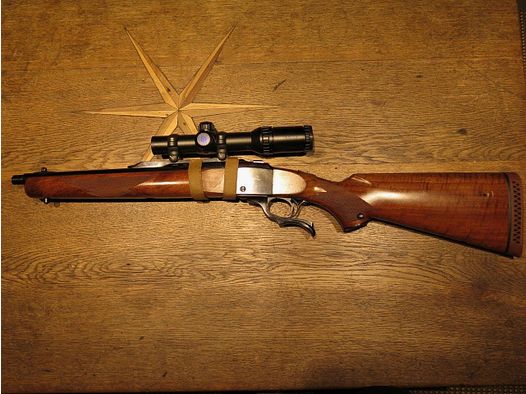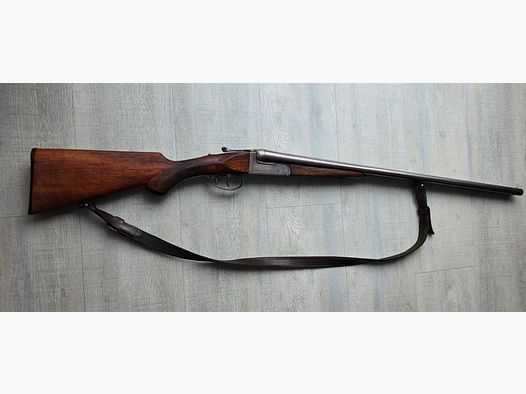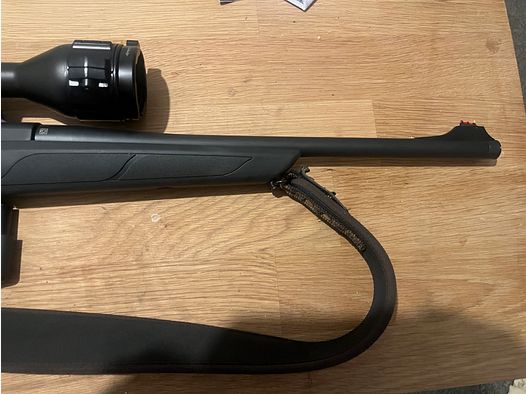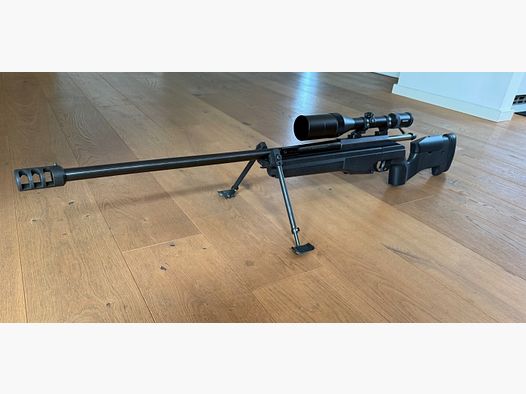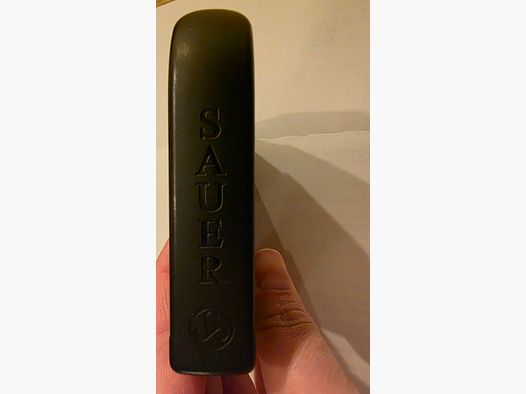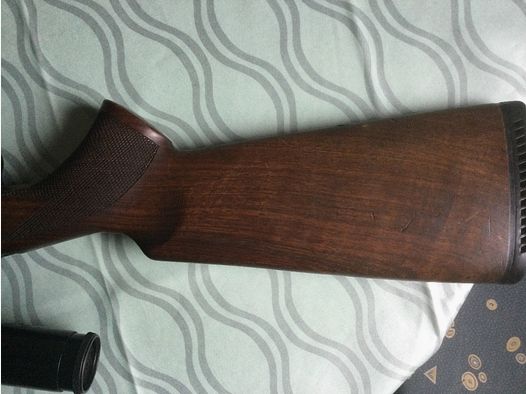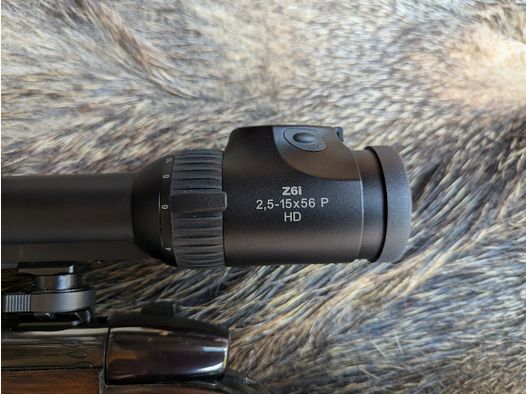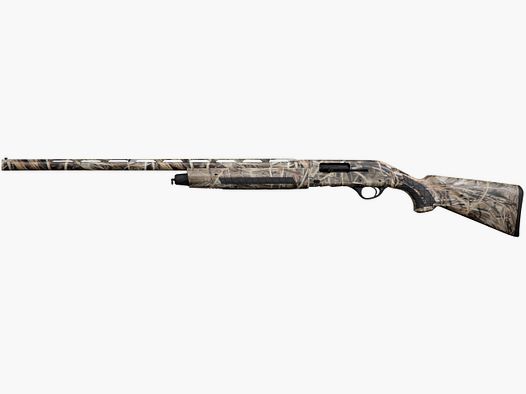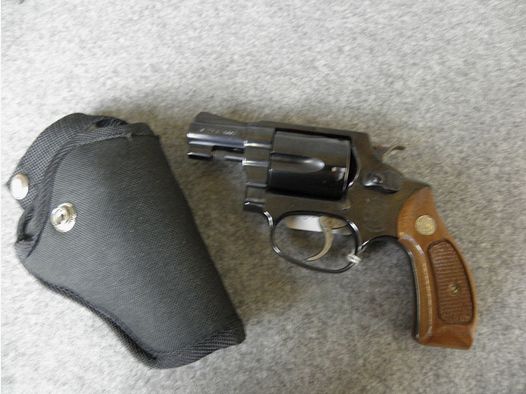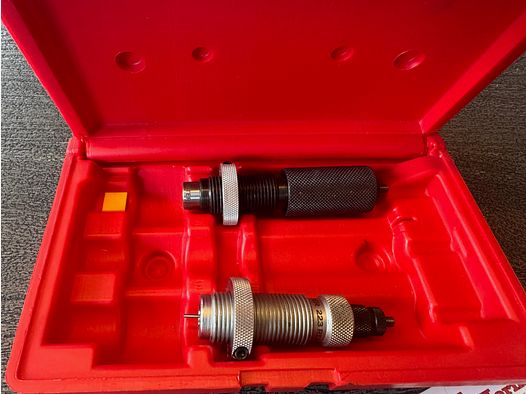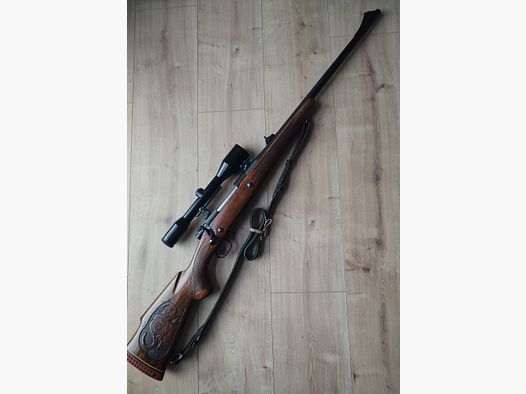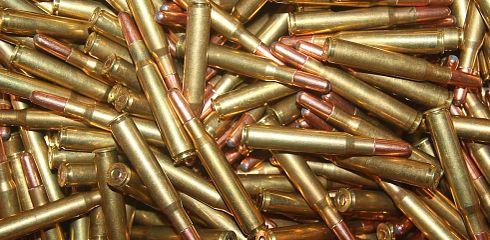The cheapest zeroing distance is an essential ballistic parameter for rifle ammunition. Shooters can assess how fast their ammunition is.
It is given in meters and refers to the distance at which the trajectory of the projectile and the sight line intersect for the second time, provided that they do not deviate from each other by more than 4 cm at any point before that.
The fact that the sight line and the trajectory intersect twice arises from the following relationship:
The sight line is an imagined extension of the scope. It intersects the trajectory twice because the latter is curved, as the projectile loses both height and speed over time due to gravity and air resistance. To compensate for this, the scope is adjusted so that it is slightly tilted downwards - causing the trajectory of the projectile and the sight line to intersect for the first time a few meters before the muzzle.
Thus, the projectile initially flies above the sight line (and therefore intersects it for the first time just before the muzzle), but then loses height and intersects the sight line a second time.
For the cheapest zeroing distance, it is stipulated that the projectile's path must be above the sight line at a distance of 100 m. For zeroing, this means that the ammunition must hit the target 4 cm above the point of aim.
The faster the ammunition, the further the second intersection point of the trajectory and the sight line is from the muzzle. The higher the GEE, the faster the ammunition.



